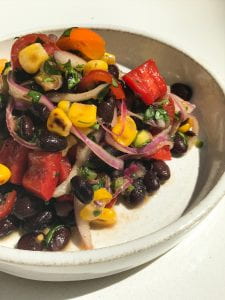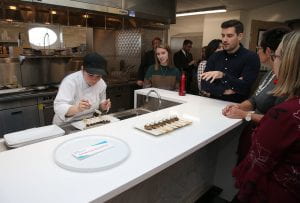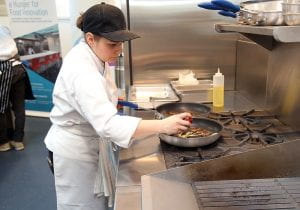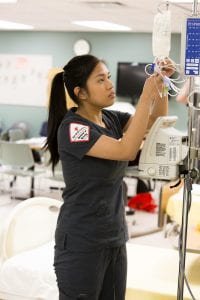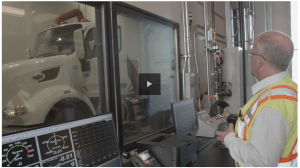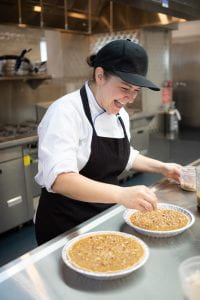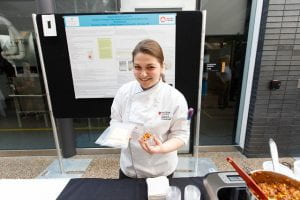Ray Hoemsen Retirement
 After nearly 35 years of working in the academic technology transfer and applied research world, Ray Hoemsen has retired from Red River College, as of May 22, 2020.
After nearly 35 years of working in the academic technology transfer and applied research world, Ray Hoemsen has retired from Red River College, as of May 22, 2020.
Ray has led RRC’s research enterprise, Research Partnerships & Innovation (RPI), since it was first established in 2004. Through his leadership, the College has seen tremendous growth as one of the most significant research colleges in Western Canada, and one of the few to be awarded three Technology Access Centres. His many years of experience were a great asset not only to the College, but to RRC’s vast network of partners, collaborators and clients.
From culinary research, building efficiency technology, social and health sciences, manufacturing and aerospace, electric vehicle technology and more, Ray fostered an abundant research hub at RRC that continues to grow. His leadership has empowered RPI to keep evolving to meet the needs of Manitoba’s diverse industry, and to empower future generations of students and researchers to gain the hands-on experience needed to create ground-breaking results to better serve our community and economy.


